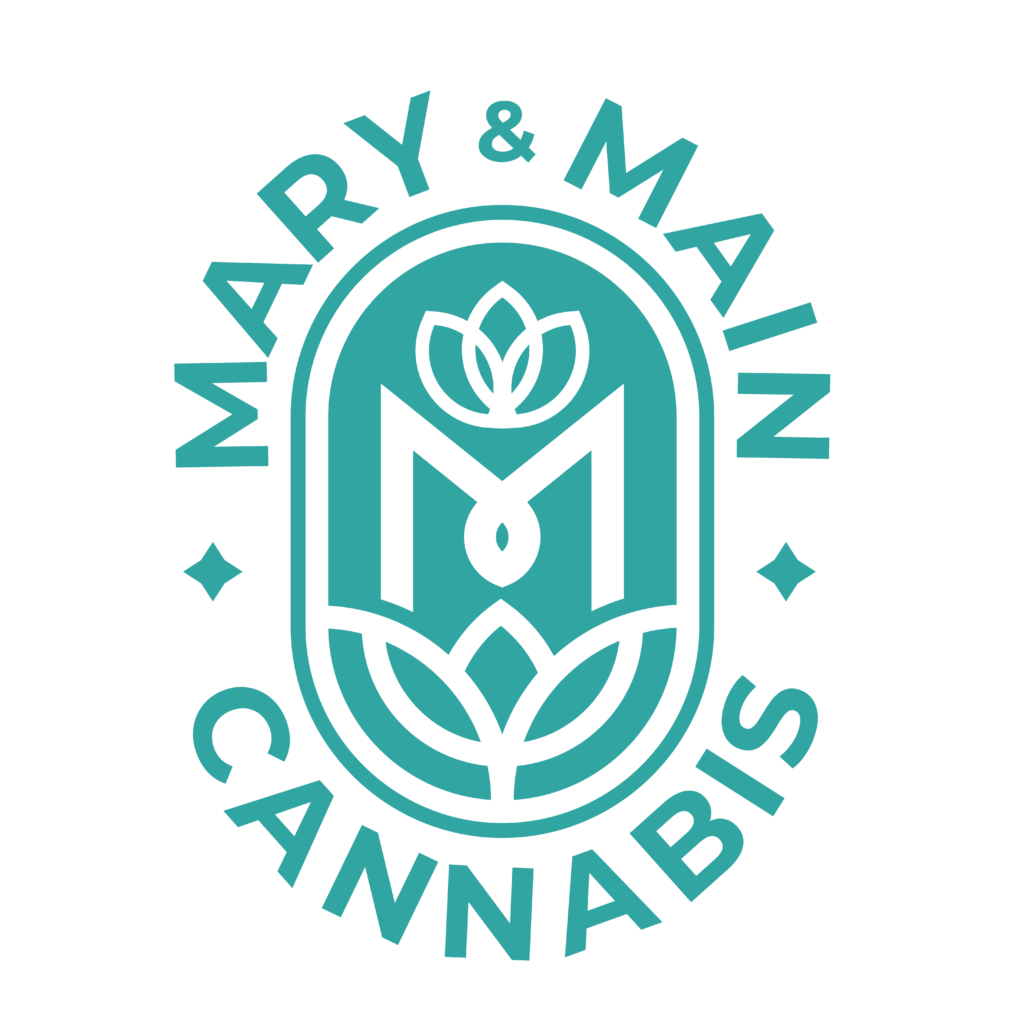Maryland’s medical marijuana industry had a major victory in 2017 with legalization. Strict rules for using marijuana were put in place to prevent illegal use for other than medicinal purposes. Dispensaries like Mary and Main popped up to help educate consumers and provide a safe place to obtain medical marijuana. Eligibility requirements, products, and cost vary. Learn more about the common misconceptions consumers may have about dispensaries and medical marijuana while learning about how to navigate this burgeoning industry.
Growing Cycle
Medical marijuana is not available to grow in a consumer’s backyard or home. A license is required by the state of Maryland for designated areas. Maryland has specific conditions which must be met to grow medical marijuana. Though some may think they can simply grow it if they choose, this is not the case. It is also illegal to sell marijuana in Maryland unless it is through a licensed dispensary. Under the current law, marijuana possession is limited to less than 10 grams. Documents such as a doctor’s certification are required for medical conditions like nausea, food disorders, etc.
To maintain the various strains of cannabis that are grown, distributors to dispensaries carefully cultivate the plants. Cuttings from a ‘mother plant’ are kept in a room until they form roots in proper soil. After about 10 to 14 days, the plants are transplanted for about a month where they get around 18 to 24 hours of light. This helps for the plants to grow stems and leaves to support production of the resinous flower product. Each plant is given a tag required by the cannabis commission. Everything must be tracked properly. After a month of growth, the plants are moved to a flowering room where just 12 hours of light and 12 hours of darkness are allowed.
Within eight to 10 weeks, the plants can be harvested with buds on the stems ready for the next step. There are a few more steps to follow before the product can reach dispensaries and market for consumers. The process is necessary to ensure healthy plants for consumption.
Patient Costs
When consumers head over to Mary and Main dispensary, they typically consider the cost. It depends on what product, how much and how often they need it but also other factors come into play. Consumers who travel to a dispensary may not be sure how much to buy for their condition. Here is some info to help consumers relieve common misconceptions about costs of medical marijuana use:
- Most dispensaries sell fractions of an ounce. Some increments might include one gram, 3.5 grams (⅛ oz), 7 grams (¼ oz), on up to 28 grams (1 oz)
- How often a person uses the marijuana and dosage determines cost. A gram may last one session or for others longer than that. Tracking consumption habits will help alleviate surprises in terms of use and cost
- Average prices of medical marijuana range from up to $20 for one gram to $225 for half an ounce or one ounce for up to $375. Keep in mind these are averages
- Prices vary on strain also, including Indica (cheaper) on up to Sativa and Hybrid which can be a little more expensive
- Be sure to look into coupons, discounts, and offers available by local dispensary
Schedule 1 Drug
Consumers of medical marijuana may be wary of using what is considered a Schedule 1 drug in Maryland. Marijuana is legal in some states but illegal federally. Cannabis has always been illegal on the federal level and is considered Schedule 1 substance, along with other drugs. Maryland’s law allows for possession and use of marijuana by a ‘qualifying patient’ for someone with a written certification by a certifying provider. They must be registered and licensed in medical, dentistry, podiatry, or nursing. A written certification affirms they meet requirements and are not using ‘illegally,’ rather fall within the guidelines of a medical patient and are eligible to use small amounts in small increments by Maryland law.
Reciprocity Rules
A common question and misconception for consumers of medical marijuana in Maryland is whether it can be used or brought into other states. A medical card feels like a ‘license’ to take it anywhere, but certain rules apply. Here are some things to consider.
Marijuana is still a Schedule I narcotic federally. It is not legal to buy or sell it on a federal level. States can offer cards, like Maryland, through their specific program. Regulations are currently state-by-state. Reciprocity agreements allow out-of-state medical marijuana cards to be used in their states. Maryland does not yet offer reciprocity to those coming from out-of-state. Many other states are also not eligible for travelers from Maryland to bring their marijuana with them.
States that currently honor out -of-state medical marijuana cards range from Alaska to Colorado, to neighboring states like Maine, Massachusetts, Pennsylvania, Washington, D.C. and others.
Rules to bring a card into the state vary. Some may use it to purchase at local dispensaries but every dispensary will vary on their rules. Call ahead to let them know where you’re coming from before traveling to make sure a purchase is legal at a local dispensary if needed.
Registration may be required as a new patient to receive out-of-state medical marijuana cards with associated costs and application process. Limits may also exist to how much may be purchased, which may be less than what is obtainable in Maryland.
Lack of reciprocity at the moment may be a deterrent for some or simply a hassle for others. There may be some ways around it. Contact local dispensaries in the state of travel to ensure best service.
Mary and Main aims to help educate consumers on products and services they can access in Maryland. Contact us to find out how we can help you select the best products for your situation.




